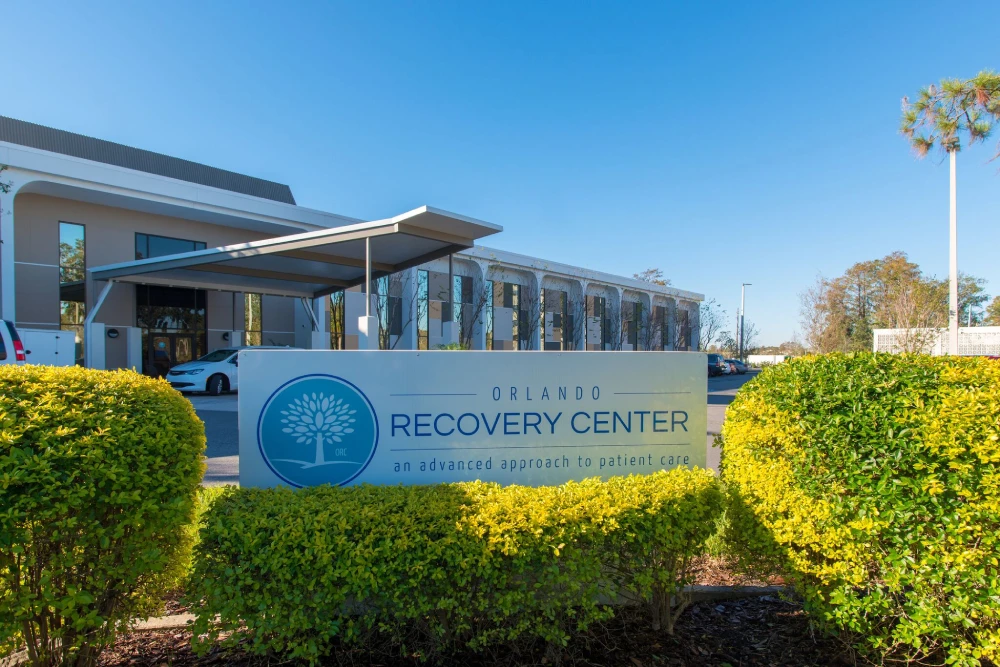If you believe you’ve found a loved one’s meth lab based on the signs described here, do not approach it. The chemicals inside could be dangerous or even lethal.
According to theNational Institute on Drug Abuse(NIDA), meth is a powerfully addictive stimulant drug that increases alertness, reduces appetite, elevates breathing and heart rate, and raises both blood pressure and body temperature. In addition to these dangerous effects, the process of making meth is highly unsafe.
Unfortunately, the process behind how to make meth in small at-home labs is relatively easy using a variety of toxic chemicals, which can lead to explosions and house fires. If you think a friend or family member may be running a meth lab, it is important to be aware of the dangerous chemicals people use in this process. This knowledge can help you identify a meth lab and intervene as necessary so that your loved one receives help.
Article at a Glance:
- It is relatively easy to make meth in a small at-home lab using toxic and dangerous chemicals.
- The common ingredients in which meth is made out of are acetone, anhydrous ammonia, pseudoephedrine, hydrochloric acid, and lithium.
- How meth is cooked is dangerous because of the hazardous chemicals and risks of fires.
- Signs that a house is meth lab are blacked-out windows, many chemical containers, and hoses hanging from windows.
- Meth users can get professional help for their addiction, including cognitive behavioral therapy and motivational programs.
What’s In Meth?
If you are concerned that a loved one is making meth, some chemicals you may find in the home can suggest your suspicions are true. Thecommon ingredients of meth, where they’re found and their associated dangers include the following:
- Acetoneis found in nail polish remover and paint thinner. It’s extremely flammable.
- Anhydrous Ammoniais found in fertilizer and some cleaners. Mixing it with other chemicals creates a toxic gas.
- Pseudoephedrineis amedicationtypically used as a nasal decongestant or to treat seasonal allergies. According to the National Library of Medicine, side effects of this drug include tremors, sweating and increased heart rate and blood pressure.
- Hydrochloric Acidis used to make plastic. It is so corrosive that it can remove rust from steel and is capable of eating away flesh.
- Lithiumis found in batteries. It burns the skin, is highly explosive and reacts violently with water.
- Red phosphorusis found on matchboxes, in road flares and other explosives. It is highly flammable.
- Tolueneis found in brake fluid. It is so corrosive it can dissolve rubber.
- Sodium Hydroxideorlyeis used to dissolve roadkill. It is corrosive and can also burn skin or cause blindness.
- Sulfuric Acidis found in drain cleaner or toilet cleaner. It is corrosive and can also burn the skin.
According to theDrug Enforcement Administration(DEA), most meth is produced in small, secret laboratories in homes, apartments, motel rooms, mobile homes, house trailers, campgrounds or even private businesses. Many people who make crystal meth in home laboratories use the “shake and bake” method, which produces no more than 2 ounces of meth per round of production. This method typically involves mixing pseudoephedrine tablets with other chemicals, such as lithium, in a plastic soda bottle. The presence of plastic bottles can be another indicator that a loved one is making meth in the home.
The Dangers of Making Meth
As noted previously, meth labs involve the use of chemicals that can cause house fires and explosions, but this is not the only danger of making meth. According topublic health experts, the chemicals used in meth production can irritate the nose and throat and lead to headaches, dizziness, nausea, vomiting and breathing problems. More serious issues are linked to exposure to these chemicals, including skin burns, eye damage, kidney damage and even cancer.
Meth production can also facilitate the formation of other hazardous chemicals. Meth residue is so dangerous that it can lead to property contamination. Experts warn that it is unsafe to enter a former meth lab without protective equipment. The toxic chemicals involved in meth production are clearly hazardous to human health.
How Can You Spot a Meth Lab?
Meth cooking typically occurs in secret, as users and producers do not want law enforcement or neighbors to learn what they are doing. To remain clandestine, those who make meth may attempt to conceal their activities by covering windows. That said, it is usually difficult to hide all of the materials needed to make meth.
A house may contain a meth lab if you notice the following from outside:
- Blacked-out windows
- Chemical cans or drums such as Drano, iodine crystals, lye, pool acid, antifreeze, etc.
- Extensive security, such as “Beware of Dog” or “Private Property” signs, surveillance cameras and listening devices
- High fences around the yard, especially when no animals are present
- Hoses hanging from windows
- Excessive quantities of trash
- Secretive or paranoid occupants
- The smell of solvents
- Visitors at odd hours, especially late at night
A house may be a meth lab if you notice the following while inside:
- Ammonia
- Camping fuel
- Dismantled smoke detectors
- Empty pill bottles, and cans of alcohol, toluene and paint thinner
- Funnels
- Lab equipment, like glass tubes, beakers, Bunsen burners and large plastic containers
- Large amounts of cat litter
- Many stoves, hot plates, or blow torches
- Mason jars or other glass containers
- Melted pots and pans
- Numerous cold medicines or non-prescription weight-loss pills
- Plastic soda bottles
- Plastic tubes
- Propane tanks
- Red-stained coffee filters
- Starter fluid
If you believe that you’ve found a meth lab, do not approach it, as the chemicals inside could be dangerous or even lethal. Instead, alert local law enforcement agencies, who can conduct an investigation and safely enter the property with protective equipment.
How Can Meth Users/Cookers Get Help?
In addition to the dangers associated with meth production, ongoing use of meth is harmful to users and often leads to addiction. According toNIDA, meth use is linked to numerous consequences, including increased risk of HIV and hepatitis from shared needles, and risky behaviors like unprotected sex. Meth use can also lead to:
- Tooth decay
- Significant weight loss
- Paranoia and hallucinations
- Violent behavior
- Problems with learning and memory due to brain damage
Because meth users experience withdrawal symptoms like anxiety, fatigue and severe depression when they stop using the drug, it is often difficult to give up the habit, and professional intervention is necessary.
Meth users can seek professional help by contacting a local drug and alcohol treatment provider and making an appointment. Providers that offer cognitive behavioral therapy or motivational programstend to be viable optionsfor meth addiction. With cognitive behavioral therapy, meth users can learn new ways of coping so they can avoid drug use. Motivational programs also provide rewards for staying abstinent from meth, which can incentivize the treatment process.
If you or a loved one is suffering from meth addiction and a co-occurring mental illness, The Recovery Village offers comprehensive treatment services to address both conditions.Contact ustoday to begin a life that is free from the devastating consequences of meth use.
















